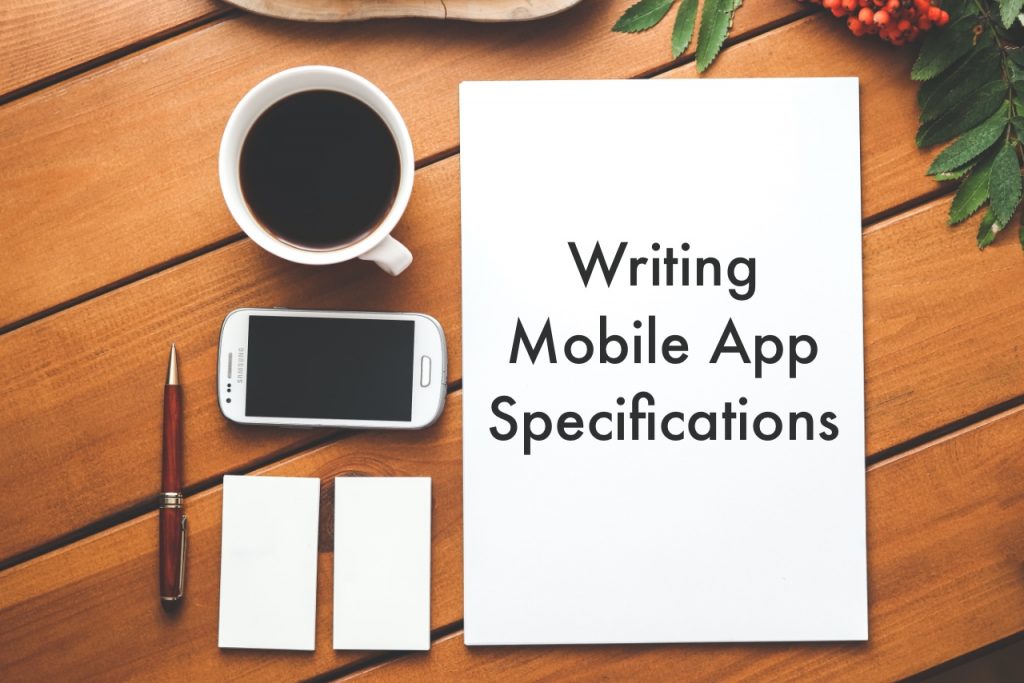It started with iOS. However, today, it’s the Android OS considered significant in the industry owing to the larger user base commanded by this OS. Statista says Android has a 74.13 percent share of the global smartphone user base. However, mobile app development is more than designing, coding, and developing a well-featured app and distributing it in a prominent app downloading destination. It’s said that your way of describing it the downloading centers is crucial in the app development lifecycle. Think of the Google Play Store, where Android apps are listed for users so that they can download it free or pay the requisite fee. However, before placing an Android app in the Play Store, you must ensure that your app consists of the following factors.
Tips to Write Mobile App Specifications
Native Mobile App or Web App
As you plan a mobile presence for your business or organization, you must decide what will benefit your business – a web or a native mobile application or both? Even though they both appear the same as you look first, but they both have various advantages and disadvantages. What’s imperative is that a mobile website or native mobile app must suit your needs, target audiences, and available budget. Now a native mobile app directly installed on the device is easily purchased through an online store or marketplace like The App Store or Android Apps on Google Play. Mainly native apps are a costly affair, and when made for multiple platforms, it requires maintaining multiple code bases as it leads to higher cost of development, maintenance, pushing out updates. However, a mobile website comprises of browser-based HTML pages can be instantly available, compactable, upgraded instantly, easily shared, easier, and less expensive. Both offer amazing features, and if you don’t have budgetary issues, then it’s advised to develop both versions.
Working
Highlight real-life scenarios where an app can prove to be useful to Android users. Mention it if the app can work offline, or does it work only when the user is connected to the internet.
Compatibility
Nothing fails an Android app more if a user downloads the app onto his Android device and finds the app is incompatible with that specific device. So clearly mention the compatibility guidelines in the tech specs of the app as this way, users get to know if the app is going to work on their device, be it smartphone or Tablet PCs without downloading the app.
Screen Size
Android devices have varying screen sizes, with each having a different resolution. Note that even two same screen sizes may have different resolutions. So, specify the tech specs as in case two phones have the same metal inside, but screen size may differ, and this results in various views of the same app to deal with this scenario, they can find help with Google’s Android compatibility program.
Security
Just ensure validating the security claims. For ensuring you can state a rating offered by a prominent app security evaluation agency for the app. These specifications are looked for to handle sensitive customer information like bank details and passwords.
Summary
Now, as you know the ways – how to write mobile app specifications, ensure these steps are followed every time an app is released in the market. Follow these tips to deal with technical specs, as this is a sure-shot way to attain success.
